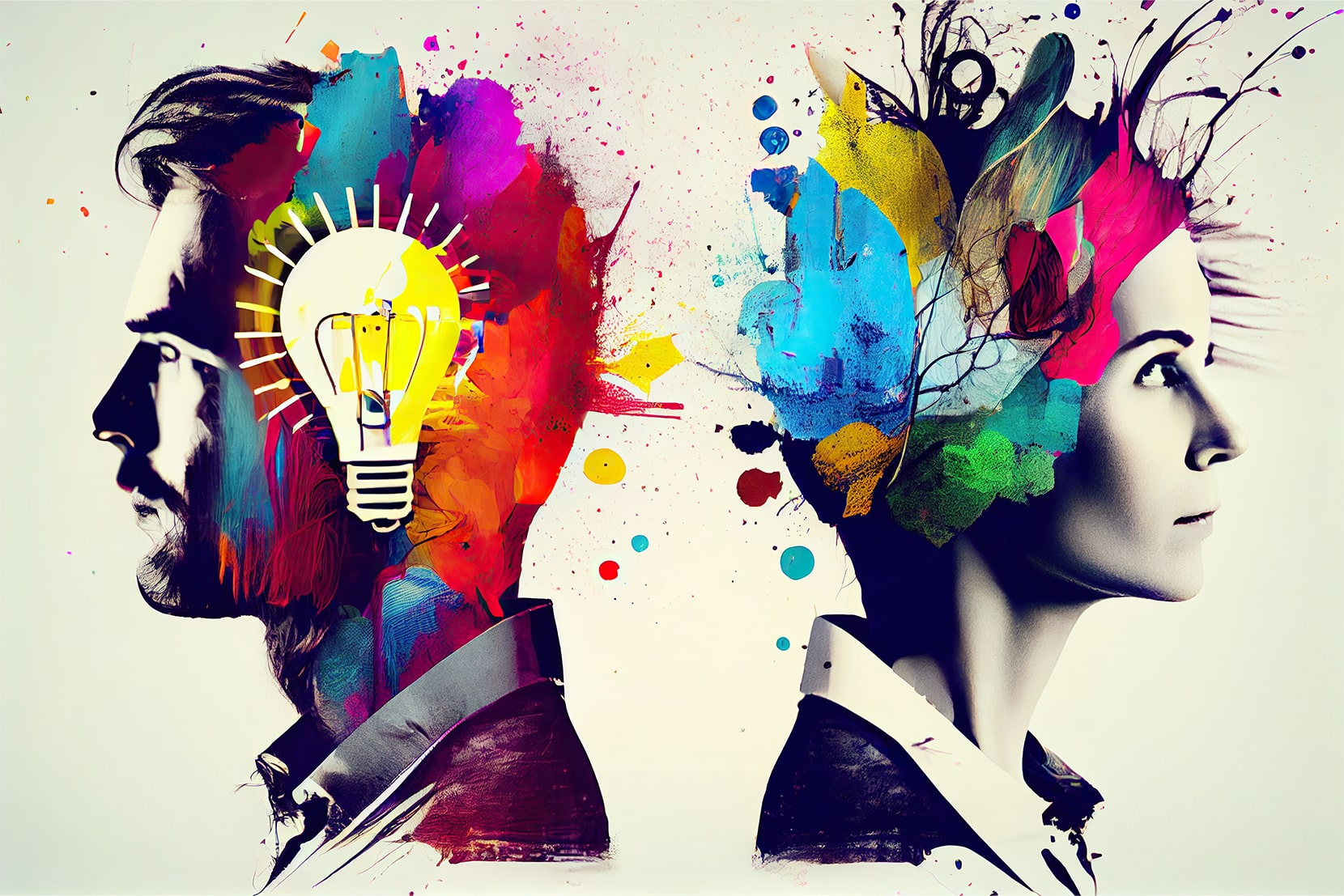The Irreplaceable Essence of Human Creativity in a Technological World
In an age where artificial intelligence, automation, and machine learning dominate headlines, the value of human creativity has never been more evident. While machines excel at processing data, optimizing systems, and even generating content, true creativity—the ability to think, imagine, and innovate in ways that resonate deeply with others—remains uniquely human. At its core, creativity is not just about problem-solving but about infusing emotion, culture, and originality into everything we do.
Here’s why human creativity is irreplaceable, even in a world increasingly shaped by technology:
—
1. Creativity is Born from Emotion
Machines can analyze patterns and replicate styles, but they lack the ability to feel. Human creativity stems from emotions—joy, sorrow, curiosity, and wonder—that are deeply tied to our lived experiences. It is this emotional depth that allows humans to create art, music, literature, and innovations that move people, spark conversations, and inspire change.
—
2. Cultural Context and Nuance
Human creativity is inherently shaped by culture, history, and personal experiences. Every piece of art, every design, and every innovation carries the imprint of the creator’s background and worldview. Machines, no matter how advanced, cannot fully grasp the intricate nuances of culture or the subtle meanings that resonate with different communities. Creativity thrives in these complexities, something only humans can fully navigate and express.
—
3. Innovation Comes from Breaking Rules
While machines follow algorithms and pre-set rules, creativity often involves stepping outside these boundaries. Human innovators take risks, challenge conventions, and push the limits of what’s possible. Whether it’s a groundbreaking invention or an unconventional piece of art, the most transformative ideas arise from thinking beyond the predictable—a capability that remains firmly in the human domain.
—
4. The Power of Storytelling
At the heart of human creativity lies the ability to tell stories. Stories are how we connect with one another, make sense of the world, and imagine the future. Whether through a novel, a film, or a business campaign, storytelling taps into universal human truths and emotions. AI can mimic patterns of storytelling, but it cannot truly understand or originate narratives that reflect the depth of human experience.
—
5. Adaptability and Improvisation
Creativity is fluid. It allows humans to adapt to unforeseen circumstances, solve problems in real-time, and come up with innovative solutions under pressure. Machines, while efficient, operate within the constraints of their programming. Human creativity thrives in ambiguity and unpredictability, making it indispensable in navigating complex and ever-changing challenges.
—
6. Empathy as a Creative Force
Human creativity is fueled by empathy—the ability to understand and share the feelings of others. It is this empathy that allows creators to design solutions that truly address human needs, whether it’s a revolutionary product, a piece of music that comforts, or a painting that provokes thought. Machines cannot replicate this profound understanding of the human condition, making empathy-driven creativity uniquely ours.
—
7. Collaboration and Shared Vision
Human creativity is amplified in collaboration. When individuals come together, their diverse perspectives, ideas, and skills merge to create something greater than the sum of their parts. This collaborative synergy, powered by dialogue and shared purpose, is something no machine can replicate.
—
### Creativity in a Technological World
While technology can assist and enhance human creativity—providing tools, inspiration, and new mediums—it can never replace the essence of what it means to create. True creativity is not just about producing something new but about expressing something deeply human.
As we move further into the digital age, preserving and nurturing human creativity becomes not just important but essential. It is our creative capacity that will allow us to use technology responsibly, design solutions for global challenges, and continue telling the stories that define us.
Let’s celebrate and prioritize creativity—not as something to compete with technology, but as the irreplaceable force that makes us human.





